Introduction of possiblyethereal
Welcome to the realm of Possiblyethereal Innovations, where technology transcends boundaries to explore the limits of human imagination. In this captivating journey, we delve into the essence of Possiblyethereal, a revolutionary tech generation that intertwines cutting-edge advancements with the intricacies of human experiences.
Possiblyethereal represents a paradigm shift, where the tangible meets the intangible, and possibilities become boundless. It encompasses a spectrum of emerging technologies such as artificial intelligence, virtual reality, blockchain, and more, all converging to redefine how we perceive and interact with the digital universe.
As we embark on this exploration, we will unravel the core concepts and key features of Possiblyethereal, understanding its significance in shaping the future of technology and society. Join us as we navigate through the realms of innovation and delve into the realm of Possiblyethereal Innovations, where the boundaries of tech’s limits blur into a horizon of endless possibilities.
Evolution of Possiblyethereal Technologies
The evolution of Possiblyethereal technologies is a testament to humanity’s unyielding quest for innovation and progress. It traces back to the early conceptualizations of artificial intelligence, where machines began to emulate human cognitive functions, marking the dawn of a new era in technology.
As the years progressed, Possiblyethereal technologies expanded their horizons, incorporating virtual reality to create immersive experiences that blur the lines between the real and digital worlds. This integration brought forth unparalleled possibilities in entertainment, education, and various industries, redefining how we perceive and interact with digital content.
The emergence of blockchain technology further propelled the evolution of Possiblyethereal, introducing decentralized and secure systems that revolutionized financial transactions, data management, and beyond. This decentralized approach fostered trust, transparency, and efficiency in digital ecosystems, paving the way for new economic models and decentralized applications (dApps).
With each advancement, Possiblyethereal technologies continue to evolve, pushing the boundaries of what was once deemed impossible. From AI-driven autonomous systems to interactive virtual environments and blockchain-powered decentralized networks, the evolution of Possiblyethereal technologies is a testament to human ingenuity and the relentless pursuit of technological excellence.
Cutting-Edge Applications
Possiblyethereal technologies have paved the way for cutting-edge applications that transcend traditional boundaries, offering innovative solutions across diverse domains.
In healthcare, Possiblyethereal applications are revolutionizing patient care through AI-driven diagnostics, predictive analytics, and personalized treatment plans. Medical professionals leverage advanced algorithms to analyze vast datasets, leading to early disease detection, optimized treatment outcomes, and improved patient experiences.
The automotive industry has witnessed a paradigm shift with Possiblyethereal technologies, as self-driving vehicles powered by AI and machine learning algorithms redefine transportation. These autonomous vehicles promise safer roads, enhanced traffic management, and increased accessibility for individuals with mobility challenges.
Education has also embraced Possiblyethereal innovations, with virtual reality (VR) platforms transforming learning environments into immersive experiences. Students can explore historical events, conduct scientific experiments, and engage in interactive simulations, fostering deeper understanding and retention of knowledge.
Furthermore, Possiblyethereal technologies are reshaping finance and banking, with blockchain-powered solutions revolutionizing digital transactions, identity verification, and secure asset management. Decentralized finance (DeFi) platforms offer users unprecedented financial freedom and transparency, disrupting traditional banking models.
In entertainment and gaming, Possiblyethereal applications deliver captivating experiences through augmented reality (AR) and virtual reality (VR) technologies. Users can explore fantastical worlds, interact with lifelike avatars, and participate in immersive storytelling, blurring the boundaries between reality and digital fantasy.
These cutting-edge applications underscore the transformative potential of Possiblyethereal technologies, heralding a future where innovation knows no bounds and human experiences are elevated to new heights.
Challenges and Opportunities
The evolution of Possiblyethereal technologies brings both challenges and opportunities that shape the future landscape of innovation and human interaction.
One of the primary challenges is ensuring the ethical and responsible use of advanced technologies. Issues such as data privacy, algorithmic bias, and cybersecurity threats require vigilant oversight and robust regulations to safeguard individuals and organizations from potential risks.
Another challenge lies in bridging the digital divide and ensuring equitable access to Possiblyethereal innovations. Addressing disparities in technology adoption, internet connectivity, and digital literacy is essential to prevent widening socioeconomic gaps and ensure inclusivity in the digital era.
However, amidst these challenges, there are immense opportunities for growth and positive impact. Possiblyethereal technologies have the potential to drive economic growth, create new job opportunities, and spur innovation across industries.
Moreover, these technologies empower individuals and businesses to address pressing global challenges, from climate change and healthcare access to education and sustainable development. AI-powered solutions can enhance environmental monitoring, VR technologies can facilitate remote learning experiences, and blockchain can revolutionize supply chain transparency.
Collaboration between stakeholders, including governments, industry leaders, academia, and civil society, is crucial to maximize the benefits of Possiblyethereal technologies while mitigating risks. By fostering a culture of responsible innovation, ethical practices, and inclusive policies, we can harness the full potential of Possiblyethereal to create a brighter and more prosperous future for all.
Impact on Society
The impact of Possiblyethereal technologies on society is profound, reshaping how we live, work, and interact in the digital age.
One of the most significant impacts is the transformation of industries and business models. Possiblyethereal technologies such as AI, blockchain, and VR are revolutionizing sectors like healthcare, finance, transportation, and entertainment. They enable automation, enhance decision-making processes, improve efficiency, and unlock new revenue streams, driving economic growth and innovation.
Moreover, Possiblyethereal technologies are democratizing access to information and services, breaking down barriers and empowering individuals worldwide. They facilitate remote work and learning opportunities, enhance communication and collaboration, and bridge geographical distances, fostering a more connected and inclusive global community.
However, alongside these benefits, there are also societal challenges that need to be addressed. Concerns around job displacement due to automation, ethical implications of AI, digital divide issues, and privacy concerns require thoughtful consideration and proactive measures to ensure a fair and equitable transition to a Possiblyethereal-driven society.
Overall, the impact of Possiblyethereal technologies on society is multifaceted, offering immense potential for positive transformation while necessitating careful management of risks and ethical considerations to maximize benefits for all stakeholders.
Future Outlook
The future outlook for Possiblyethereal technologies is filled with promise and potential, paving the way for a transformative era in human civilization.
One key aspect of the future is the continued integration and advancement of Possiblyethereal technologies across various sectors. AI will become more sophisticated, driving innovations in personalized healthcare, autonomous vehicles, and smart cities. Blockchain will revolutionize finance, supply chain management, and digital identity verification, enhancing transparency and security. VR and augmented reality (AR) will redefine entertainment, education, and virtual collaboration, creating immersive experiences and new forms of interaction.
Moreover, the convergence of Possiblyethereal technologies will lead to synergistic solutions and novel applications. For example, AI-powered VR simulations could revolutionize training and education, while blockchain-based smart contracts could automate complex transactions securely.
The future also holds challenges such as ethical dilemmas, regulatory frameworks, and ensuring equitable access and benefits for all. Balancing innovation with responsibility will be crucial in shaping a sustainable and inclusive future powered by Possiblyethereal technologies.
Overall, the future outlook for Possiblyethereal technologies is dynamic and evolving, offering unprecedented opportunities for societal progress, economic growth, and human well-being. Embracing innovation, fostering collaboration, and addressing ethical considerations will be key drivers in shaping this exciting future.
Conclusion of possiblyethereal
In conclusion, Possiblyethereal Innovations heralds a new era of technological marvels, pushing the boundaries of what was once deemed impossible. As we navigate through the realms of AI, VR, blockchain, and beyond, we witness a convergence of innovation and human ingenuity, shaping a future where possibilities are limitless.
The evolution of its technologies brings forth both challenges and opportunities, from ethical considerations to economic growth and societal impact. Embracing responsible innovation, collaboration, and inclusive policies will be paramount in harnessing the full potential of Possiblyethereal for a brighter and more prosperous future for all.

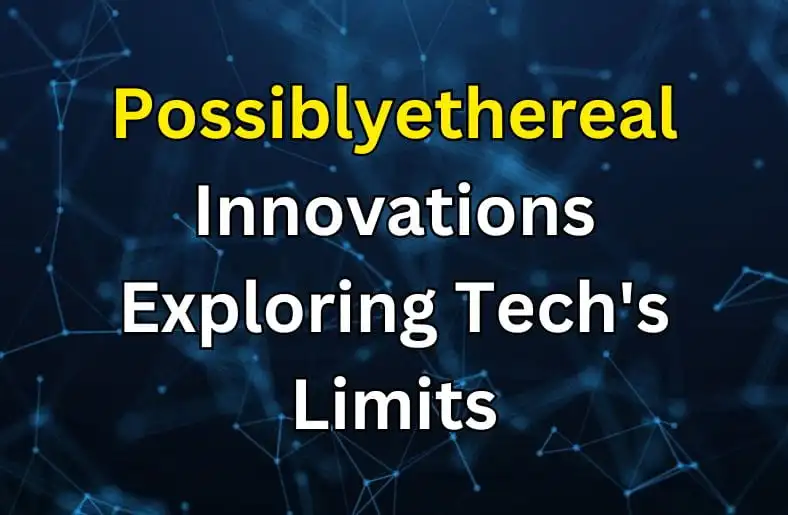
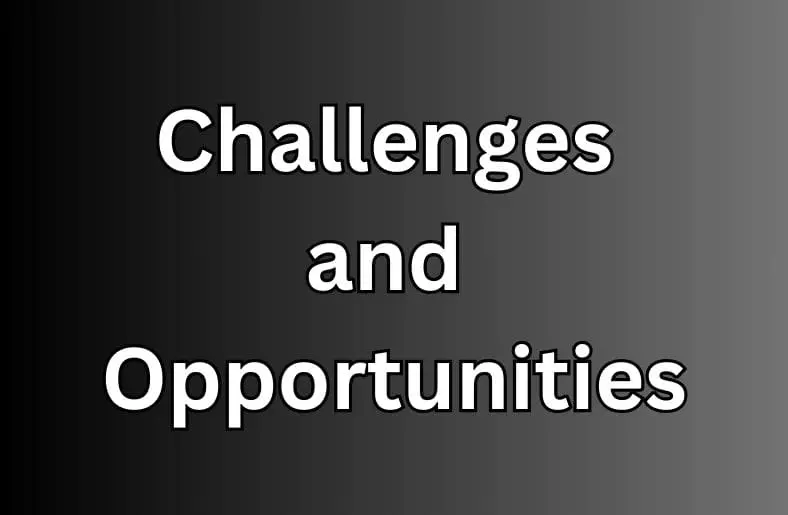
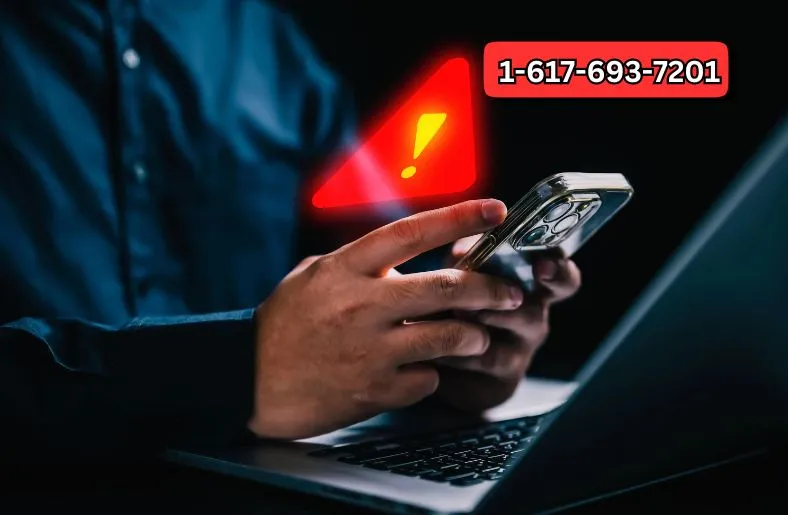
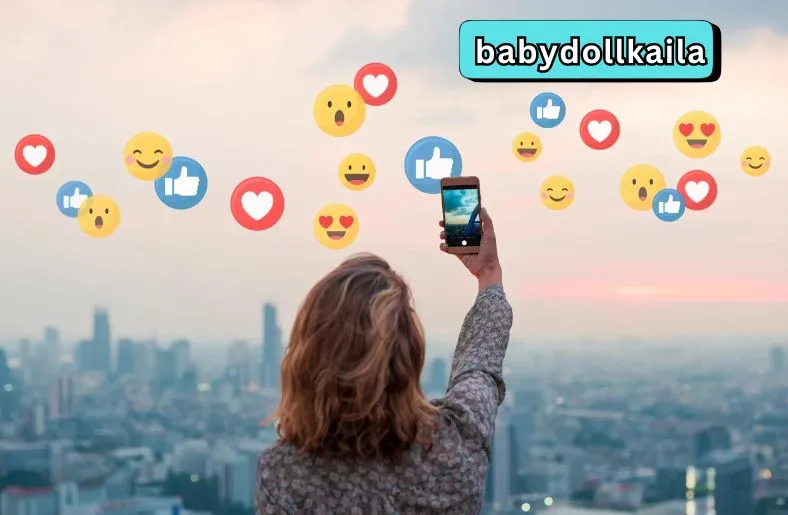
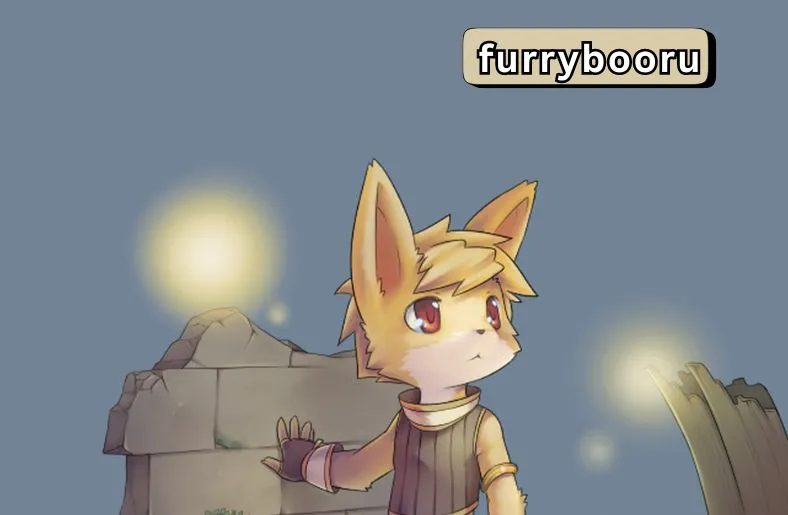

Thank you for your sharing. I am worried that I lack creative ideas. It is your article that makes me full of hope. Thank you. But, I have a question, can you help me?